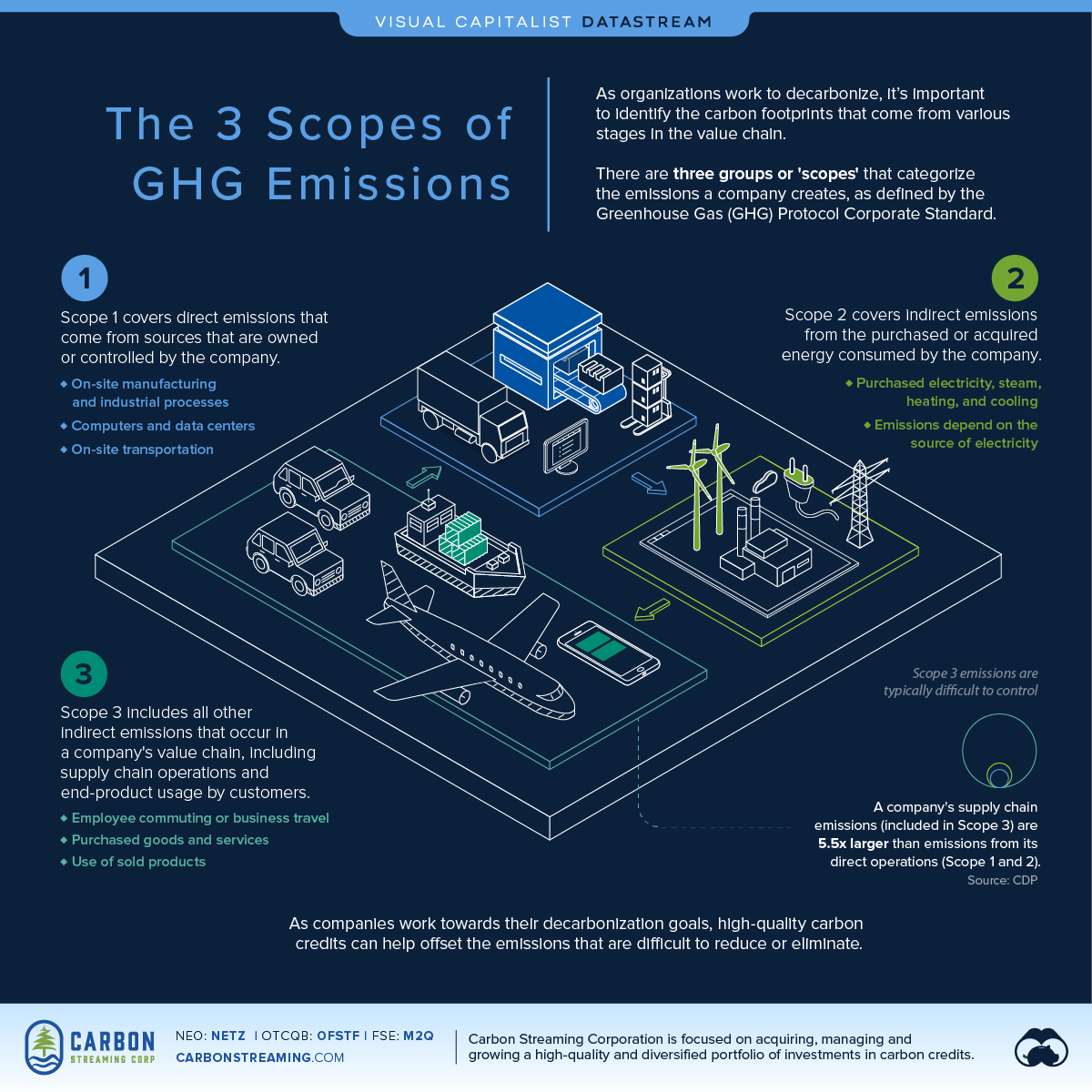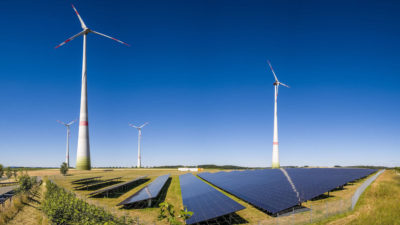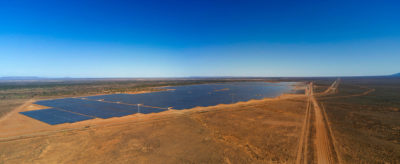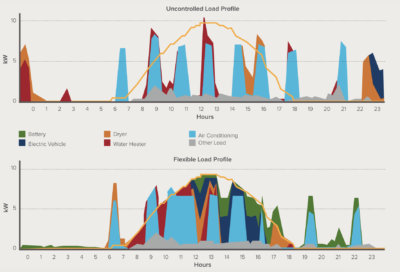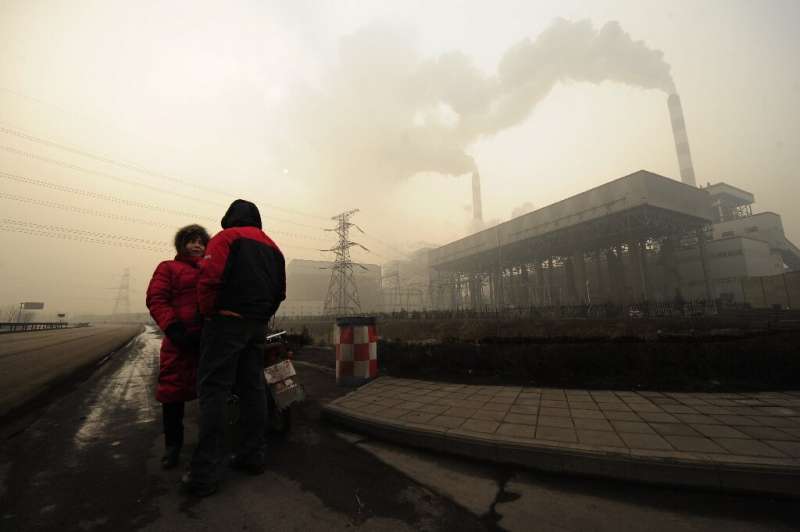New research has brought to light a global plastic cycle that could haunt us for generations to come.

Visual: Nariman Mosharrafa/Unsplash
BY CHARLOTTE STEVENSON
12.09.2021
SOME SAY THAT the ocean throws back anything it does not want. In the wake of new research on plastic waste, the truth of this aphorism has taken on new meaning: Recent studies have revealed that the ocean is spitting tiny bits of plastic pollution back onto land.
In a paper published earlier this year, a team led by Janice Brahney of Utah State University and Natalie Mahowald of Cornell University found that the oceans have been spraying a steady stream of microplastics into the atmosphere, where they can float across continents and oceans before eventually settling back to earth. The work illuminates a global cycle of plastic, akin to other biogeochemical cycles like those of water, nitrogen, and carbon.
But it also puts the problem of plastic pollution in a new, disheartening light. The study by Brahney, Mahowald, and their colleagues is among the latest in an accumulating body of work that suggests the estimated 8.8 million tons (8 million metric tons) of plastic waste that annually slide off the continents doesn’t just pose a problem for aquatic life. Rather, there is no final resting place for plastic, no corner of the globe that is spared. The plastic waste we produce today will continue to haunt us for generations to come. In other words, we may have vastly underestimated the scope, breadth, and intractability of the global plastic pollution problem.

RELATEDThe Dawn of the Plastics Age
To say that plastic is everywhere isn’t really a revelation anymore. By now, it’s been established that plastic waste in the environment is broken apart primarily by sunlight, abrasion, and temperature into fragments ranging from the size of tiny pebbles to the size of bacteria. This microplastic can break down even further: Nanoplastic, which scientists are only beginning to measure but expect is equally abundant, can be as small as a virus.
Microplastic — often laced with potentially harmful chemical additives — is known to alter soil quality, diminish crop production, and move through food chains. Research suggests we eat an estimated 39,000 to 52,000 pieces of microplastic a year and inhale tens to hundreds of pieces a day into our lungs, and microplastic has even found its way into hard-to-reach places like the human placenta. Microplastics, and the chemicals that ride them into our bodies like a trojan horse, are being investigated as possible causes of immune system dysfunction, reproductive complications, neurodevelopmental delays in children, and other disorders.
According to Brahney, all dust on earth now contains microplastic. Microplastic rains down from the Antarctic to the Arctic, from Tibetan Plateaus to the peaks of the Pyrenees. More than 1,100 tons of microplastic — or 132 pieces per meter per day — fall annually on remote landscapes in the Western U.S.
Yet, it was only during the past two years that scientists began to fully understand the sources of all this plastic. In 2020, a team led by Steve Allen of Canada’s Dalhousie University and Deonie Allen of Scotland’s Strathclyde University showed for the first time that microplastic can be lifted off the ocean surface through the complex physics of bubbles and sea spray. They estimated that more than 149,000 tons of ocean plastic were being spat back onto shorelines through coastal breezes around the world every year.
Microplastic rains down from the Antarctic to the Arctic, from Tibetan Plateaus to the peaks of the Pyrenees.
Brahney and her colleagues went a step further, showing that these sea-sprayed plastics could be lofted not only onto shore but also into the atmosphere. Their model suggests that the plastic ejected from the ocean — on the order of millions of tons per year — is part of a continuous, global transaction of plastic dust between the ocean, the atmosphere, and the land. They concluded that even in remote areas of the Western U.S., roughly 11 percent of all raining microplastic originated from the ocean. In fact, the model suggests the ocean is sending almost twice as much plastic back onto the continents as the continents are sending atmospherically to the ocean — a counterintuitive finding that Brahney attributes to the vast amount of plastic that’s already accumulated for decades in areas like the Great Pacific Garbage Patch.
“What we’re seeing in the atmosphere is legacy pollution. It’s not this year’s emissions,” Brahney explained to me. “It’s decades of emissions.”
The implications of this finding could be profound. It suggests that even if humanity stopped producing plastic tomorrow, the problem of plastic pollution would remain with us for generations. For a substantial amount of plastic that finds its way into the oceans, the sea is not a final destination, but a mere pitstop on a journey that will eventually see it back to land — back to us — in a dusty form that makes it seem nearly impossible to remediate. Trying to corral decades of plastic dust cycling the globe would be like trying to sweep during a sandstorm. (Regardless, plastic production is escalating, not waning. At the current rate, the annual global flow of plastic into the ocean will nearly triple by 2040.)
It’s also possible that microplastics lofted into the skies could alter physical processes in the atmosphere. Some scientists are probing whether the particles could behave like aerosols, possibly absorbing enough radiation to have a net warming effect on the planet. Others have shown that floating microplastics can seed ice crystals, possibly forming clouds, which also could have climate effects.
To be clear, the existence of a global plastic cycle does not significantly mitigate the threat that plastic waste poses to aquatic life. Scientists estimate that there are 24.4 trillion pieces of microplastic floating on or near the ocean surface, swirled into enormous ocean gyres, with concentrations that call up images of soup or even smog. Still, 99 percent of all plastic dumped into the ocean has sunk below the surface. Recent research shows much of it is now being swept into mounds by deep sea currents, often in areas of deep ocean biodiversity. (Yes, there are essentially garbage patches on the ocean floor too.) Although we still know less about the topography of the deep sea than the surface of Mars, preliminary work suggests that deep sea canyon microplastics can be resuspended, only adding to the growing evidence that even the deep sea may not be willing to sequester our plastic problem forever.
Perhaps the most important lesson of the newfound plastic cycle is that plastic pollution is a global problem that demands global cooperation. We cannot solve this issue by shipping our plastic waste to other countries, as many first world nations have done for decades. As Allen, author of the 2020 paper, told me, “There are no borders in nature, and plastic is a prime example.”
The science journalist Christina Reed has aptly called this moment the “dawn of the plasticene age.” These days, we can get a mouthful of plastic when biting into a Hot Pocket or enjoying a beer. Even a baby’s first poop can contain plastic. And now we know that we are constantly being showered with microplastic from around the world. The ocean, apparently, does not want it.
Charlotte Stevenson has a M.S. from Stanford University in environmental toxicology, was a National John A. Knauss Marine Policy Fellow, and is currently a Masters candidate at the Johns Hopkins program in science writing. Her work is published with University of Southern California Sea Grant, Scripps Institution of Oceanography, NOAA, and Age of Awareness.

